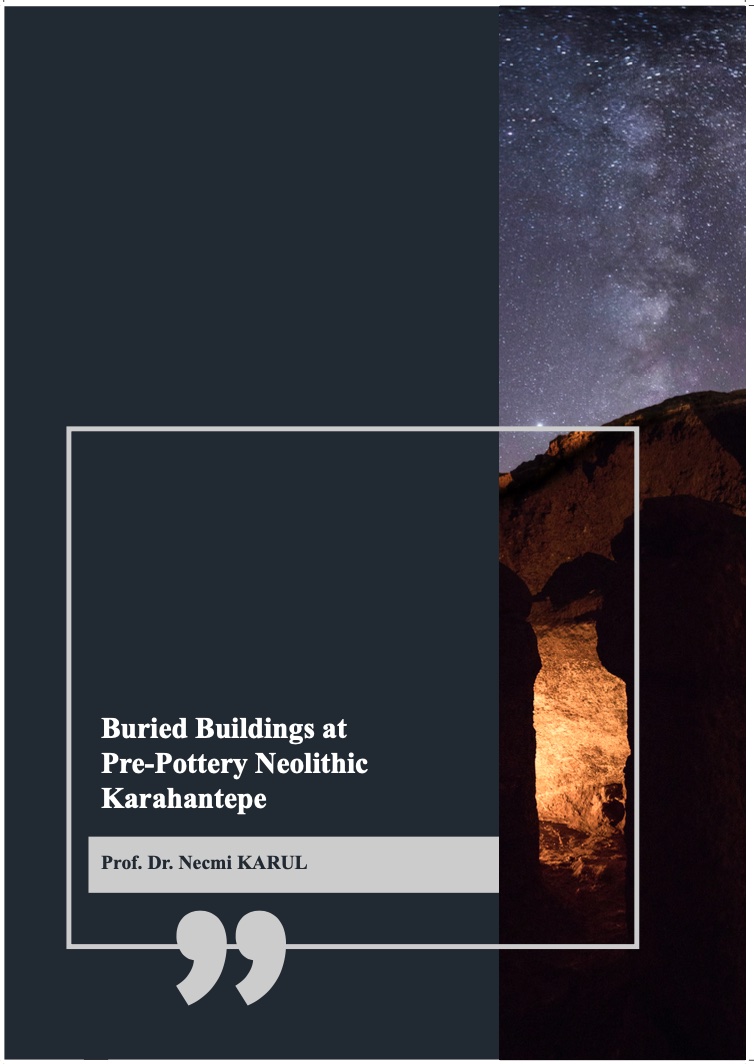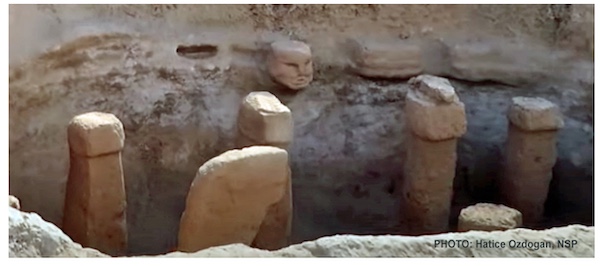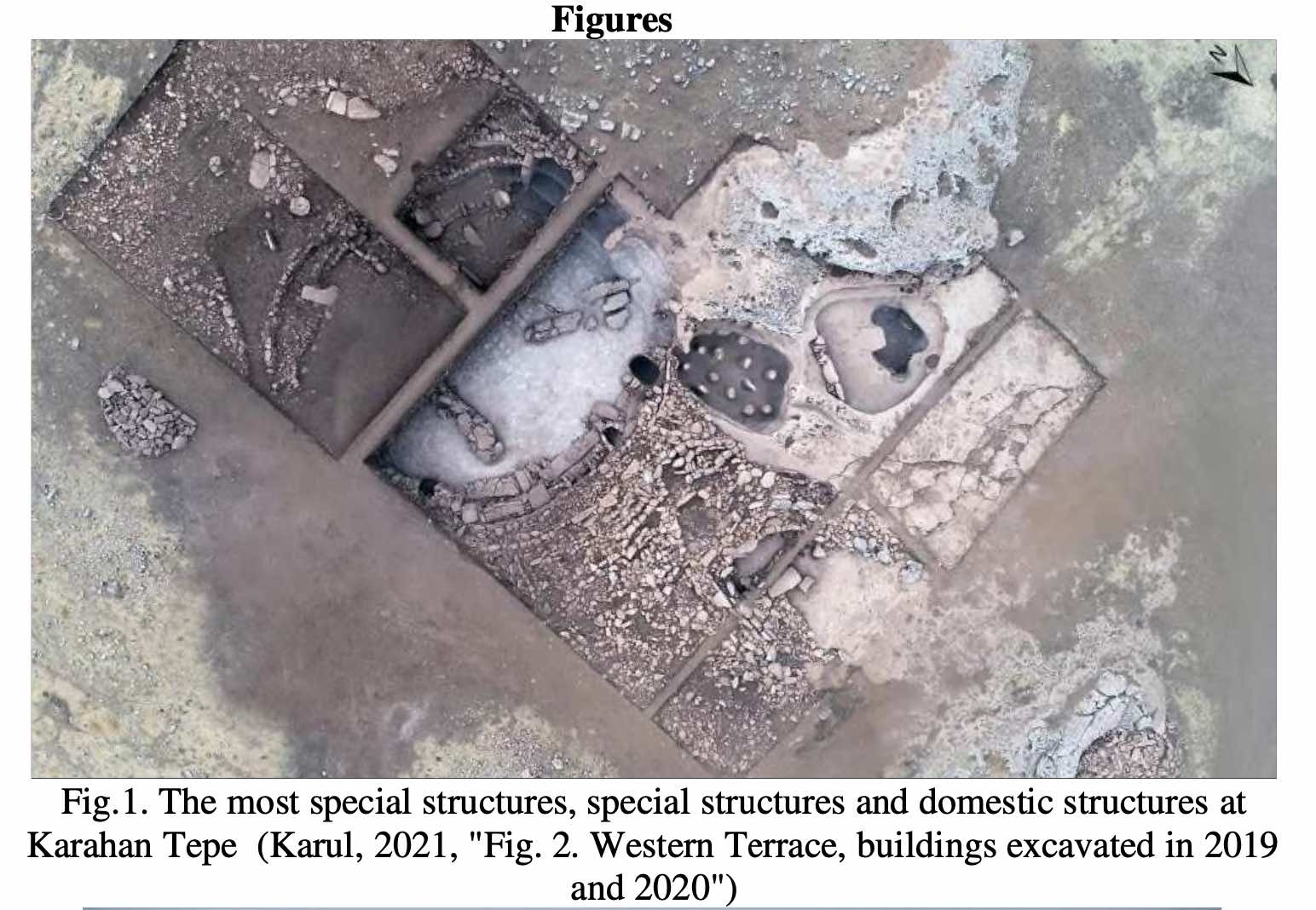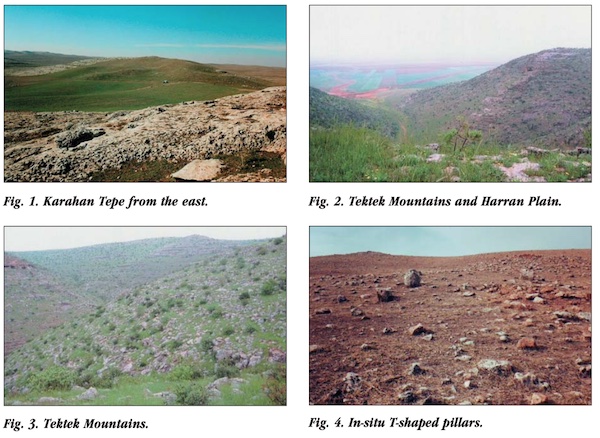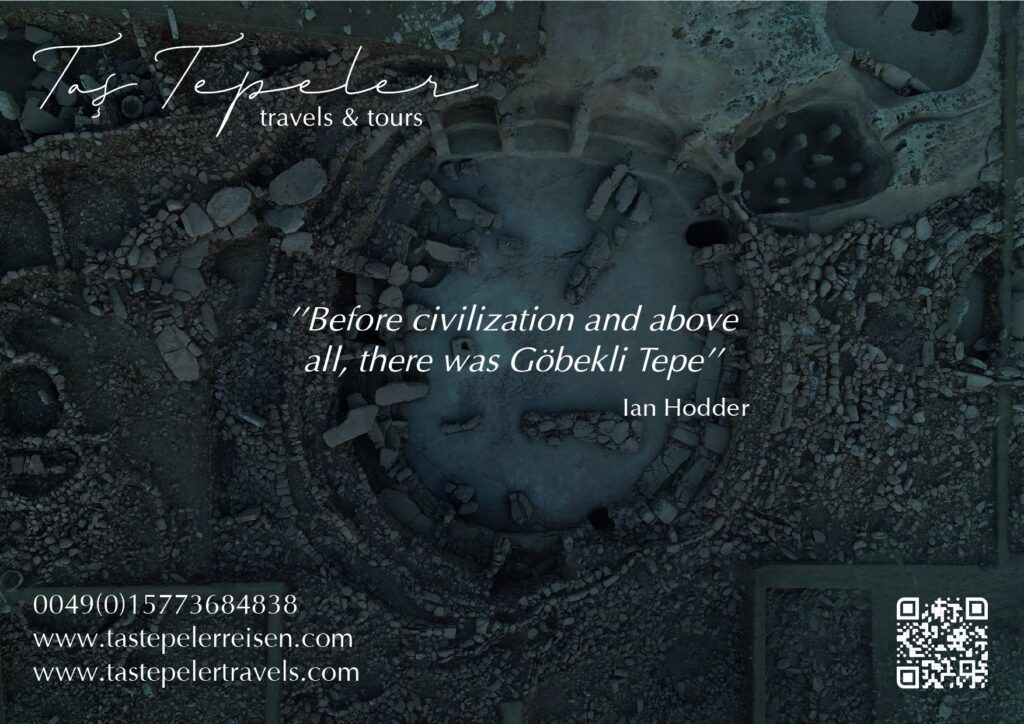Buried Buildings at Pre-Pottery Neolithic Karahantepe
The practice of intentional burying of buildings is one of the controversial topics of Neolithic archaeology. Even though a consensus has not been attained on this matter, the number of buildings asserted as being intentionally buried is steadily increasing in Anatolia and in other parts of the Near East as well, exemplified both as domestic and special functions. The custom of burying buildings had its beginnings in the earliest phases of the Neolithic Period sustaining up to the latest stages, though considerably varying in the modalities of its implementation. The paper will introduce the buried structures recently excavated at the Neolithic site of Karahantepe. All structures exposed at
Read More

